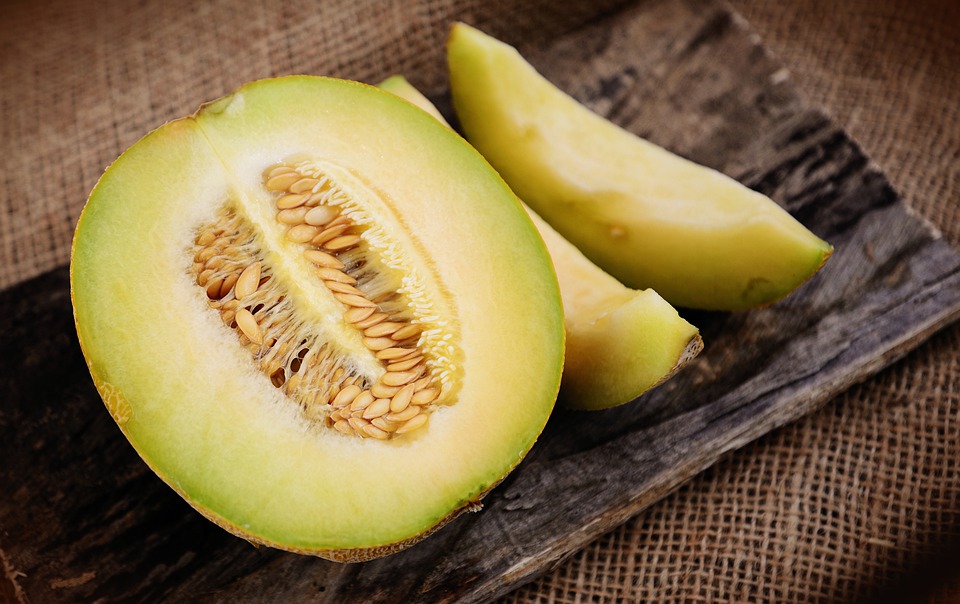Cacti are slow-growing and gentle, but they enjoy finding a new home every three to five years. The best time to repot is between March and May, when cacti awaken from hibernation and need new energy for growth. If you stop watering a few days before repotting, the root ball will not be too wet when repotting and can be easily removed from the pot.
But how can you tell if your cactus needs to be repotted? Once the pot is completely rooted, it cannot develop further and stops growing, meaning it needs to be repotted. If the roots are very strong, it can be lifted out of the pot. Especially in the case of newly purchased plants, the pot is too small to begin with. Therefore, it is best to repot newly purchased cacti as soon as the first hibernation is over.
If you have ever worked with cacti, you know how difficult it can be to repot them without getting stung. Here are some tips and pointers for safely repotting cacti without getting stung by more thorns!
1) Types of Pot To Use
When choosing a pot, you must pay attention to many things. It is essential to have a pot about 3 cm larger than the pot it is currently in to give the cactus enough space. It is also helpful to have a hole in the bottom to drain excess water. Then place the bowl under it.
2) Use Nitrile Gloves
If you have never used gloves before or find that leather or other unsuitable gloves interfere with your movements and still sting you, we encourage you to try nitrile-coated gloves.
Nitrile is a much better plastic to protect your hands from cactus thorns.
The pesky thorns that are usually stuck in the skin are much less likely to sting with protective nitrile gloves than with regular leather gloves. By conforming perfectly to the shape of your hand, these gloves provide unparalleled grip and safety. You will never be bothered by thorns again.

3) Use Pliers
In addition to nitrile gloves, garden pliers make it easier to work with cacti.
Unlike metal or wooden pliers, some pliers are made of silicon with relatively soft edges to avoid damaging the plant.
When using tongs, make sure to grip the cactus lightly. If you grip the tongs too tightly, you may cut or damage the plant. You can then use the tongs to guide the cactus, if necessary, to place it on the ground more easily. It also keeps the cactus far enough away from your hand so it won’t accidentally sting you.
4) Use a Towel
You can use a towel or newspaper for large cacti with long spines. Wrap the towel around the top of the cactus and use it as a handle to move the entire plant.
When using a towel, be careful not to grip the plant too tightly, or you will damage the area.
Are you pricked? Here is how to remove needles from the skin.

Tweezers
If you cannot pull the needle out with your fingers, you can use tweezers. Be careful not to break the needle in half.
School glue
Want to pull out several needles at once? Then use white school glue. Apply the glue to the affected area and let it dry for 5-10 minutes. Then carefully peel off the layer. The needle will stick to the glue and then be removed again.
Repotting cacti is a difficult task, but using the simple tips and techniques we have introduced here, you can make your next repotting a success!



